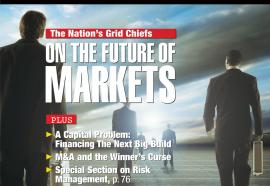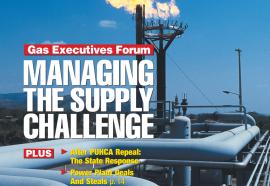Carbon Costs: The Coming Battle
Where are prices going, and where have they been?
The Supreme Court’s recent decision empowering the Environmental Protection Agency to regulate carbon dioxide shifted momentum toward a mandatory program to cap greenhouse-gas emissions. Eventually, there will be huge implications for power generation.










